————— MY FIRST WWII REPLIKA ———
The Messerschmitt Me 262, nicknamed Schwalbe (German: "Swallow") in fighter versions, or Sturmvogel (German: "Storm Bird") in fighter-bomber versions, was the world's first operational jet-powered fighter aircraft.[5] Design work started before World War II began, but engine problems, metallurgical problems and top-level interference kept the aircraft from operational status with the Luftwaffe until mid-1944. The Me 262 was faster, and more heavily-armed than any Allied fighter, including the British jet-powered Gloster Meteor.[6] One of the most advanced aviation designs in operational use during World War II,[7] the Me 262 was used in a variety of roles, including light bomber, reconnaissance, and even experimental night fighter versions.
Me 262 pilots claimed a total of 542 Allied kills,[8] although higher claims are sometimes made.[Note 1] The Allies countered its potential effectiveness in the air by attacking the aircraft on the ground and during takeoff and landing. Engine reliability problems, from the pioneering nature of its Junkers Jumo 004 axial-flow turbojet engines—the first ever placed in mass production—and attacks by Allied forces on fuel supplies during the deteriorating late-war situation also reduced the effectiveness of the aircraft as a fighting force. In the end, the Me 262 had a negligible impact on the course of the war as a result of its late introduction and the consequently small numbers put in operational service.[10]
While German use of the aircraft ended with the close of the Second World War, a small number were operated by the Czechoslovak Air Force until 1951. Captured Me 262s were studied and flight tested by the major powers, and ultimately influenced the designs of a number of post-war aircraft such as the North American F-86 Sabre and Boeing B-47 Stratojet.[7] A number of aircraft have survived on static display in museums, and there have also been several privately built flying reproductions.
Specifications
Spotlights
- AwesomeDesign717 8.5 years ago
General Characteristics
- Predecessor 1st GENERATION JET FIGHTER CHALLENGE (CLOSSED)
- Created On iOS
- Wingspan 41.0ft (12.5m)
- Length 34.4ft (10.5m)
- Height 15.5ft (4.7m)
- Empty Weight 18,862lbs (8,555kg)
- Loaded Weight 28,515lbs (12,934kg)
Performance
- Power/Weight Ratio 3.546
- Wing Loading 86.9lbs/ft2 (424.1kg/m2)
- Wing Area 328.2ft2 (30.5m2)
- Drag Points 7816
Parts
- Number of Parts 103
- Control Surfaces 7
- Performance Cost 566

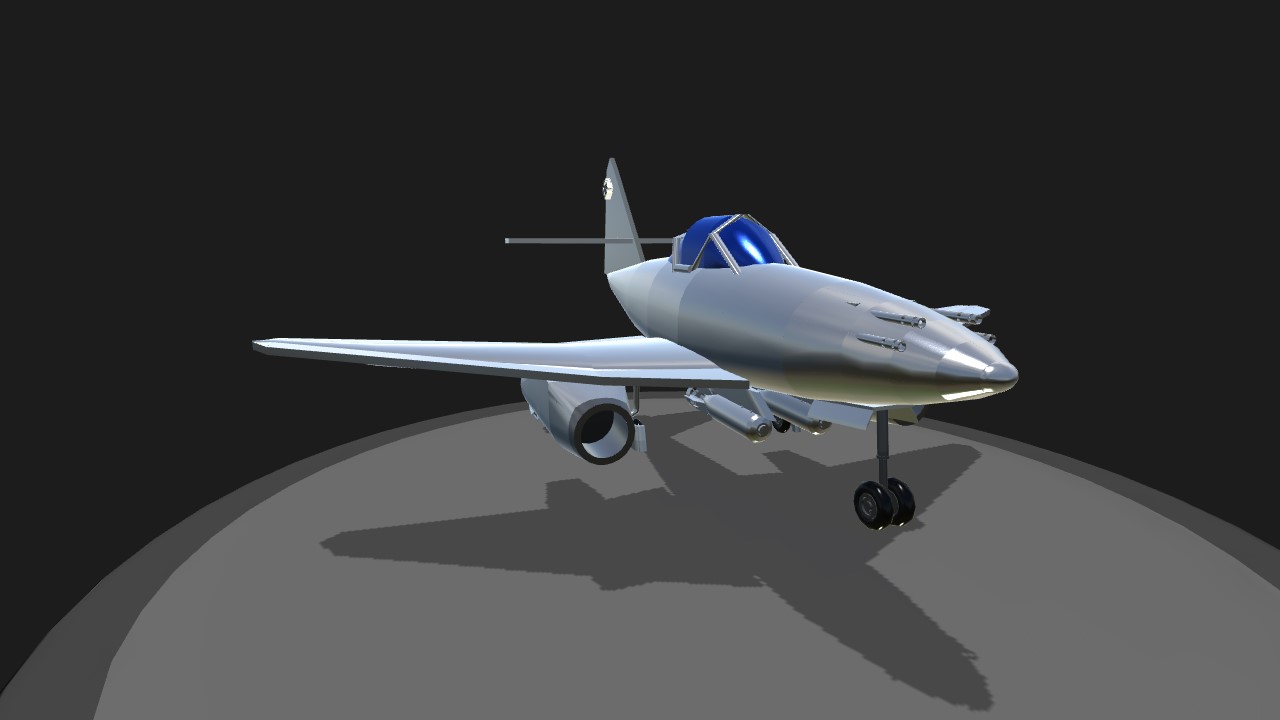
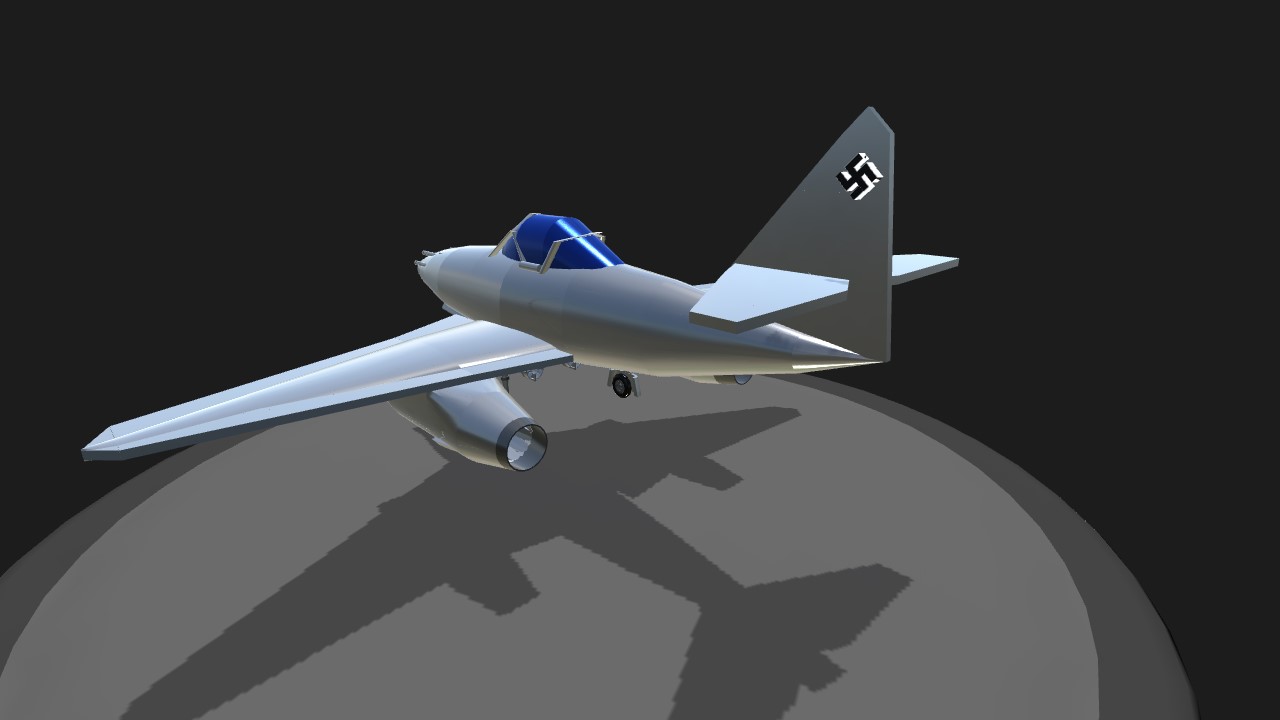
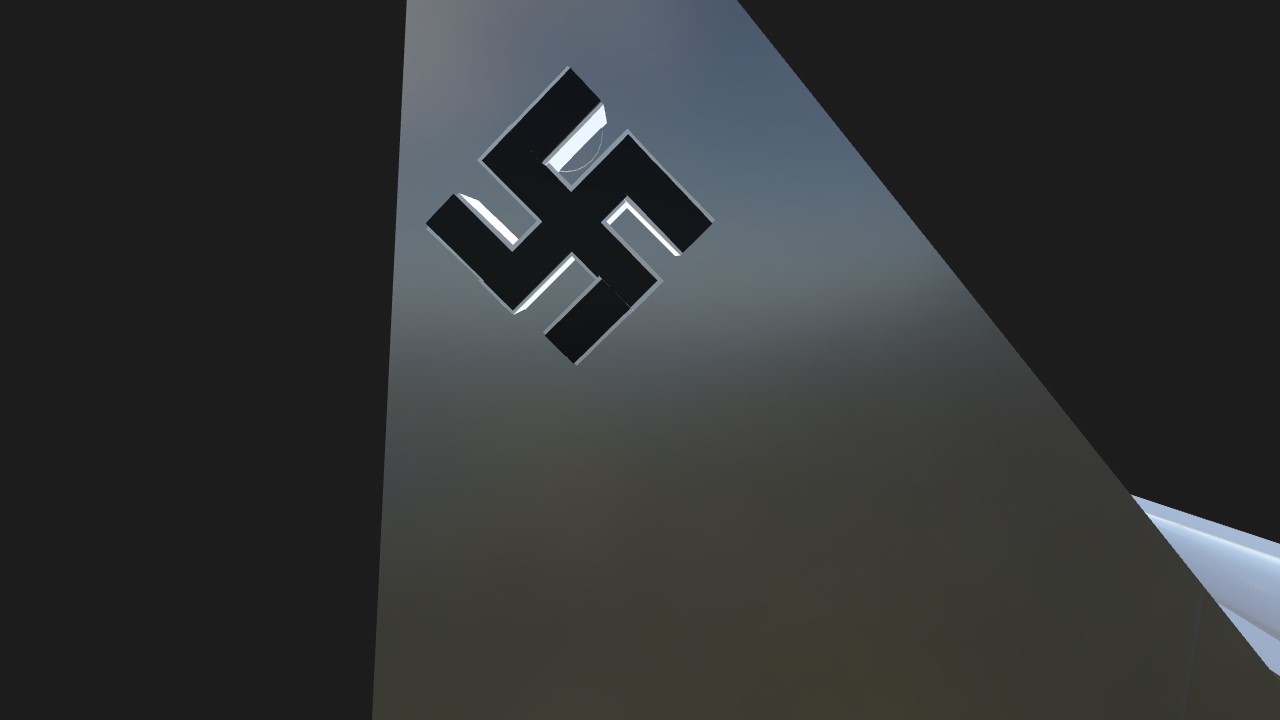
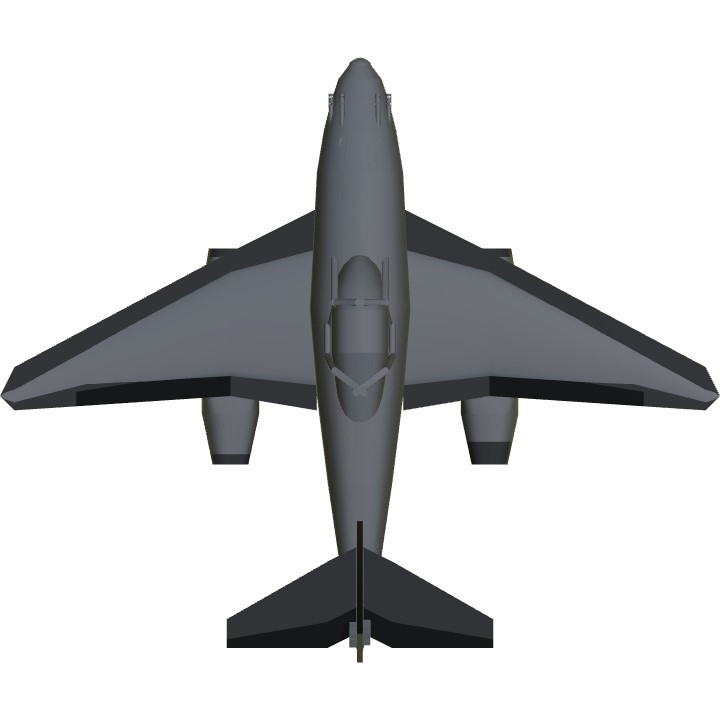
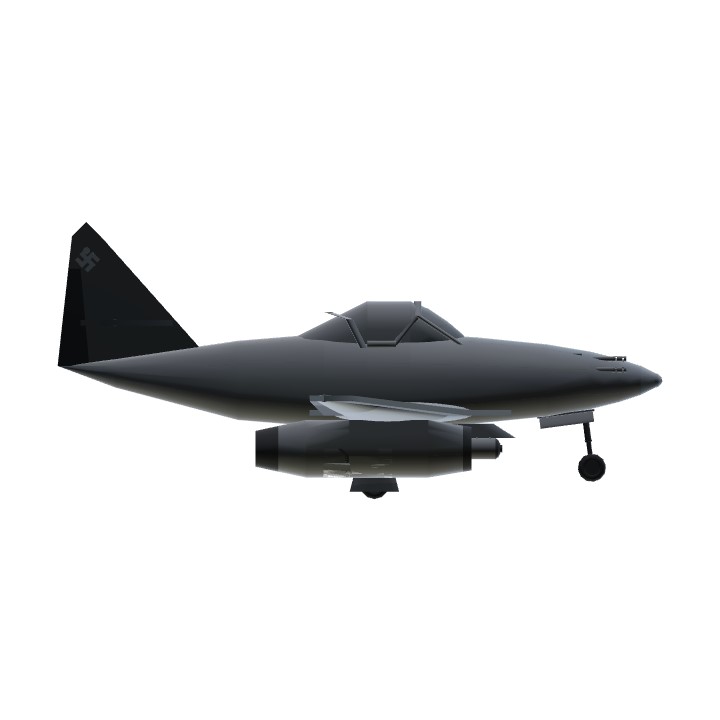
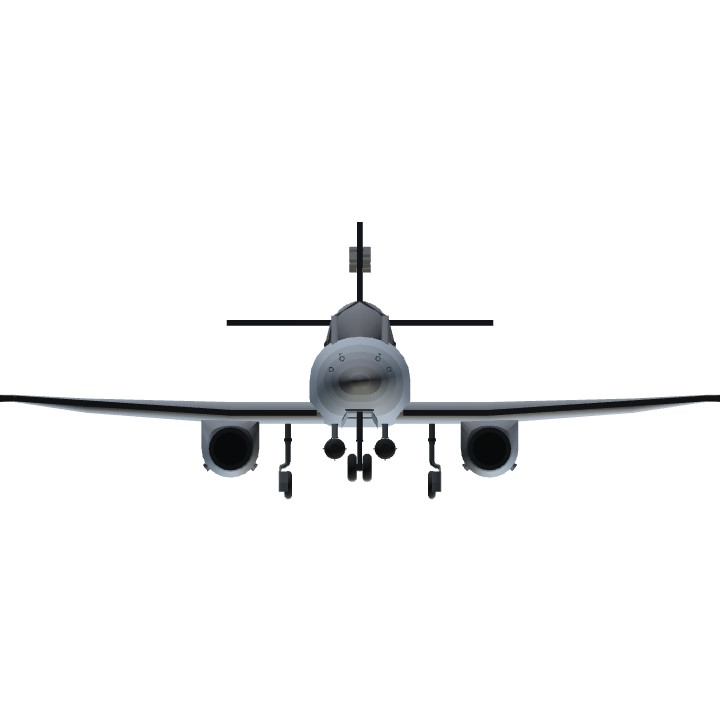
@exosuit you are welcome.
welcome, @exosuit
@Kukimuki1234 thanks for the swastika